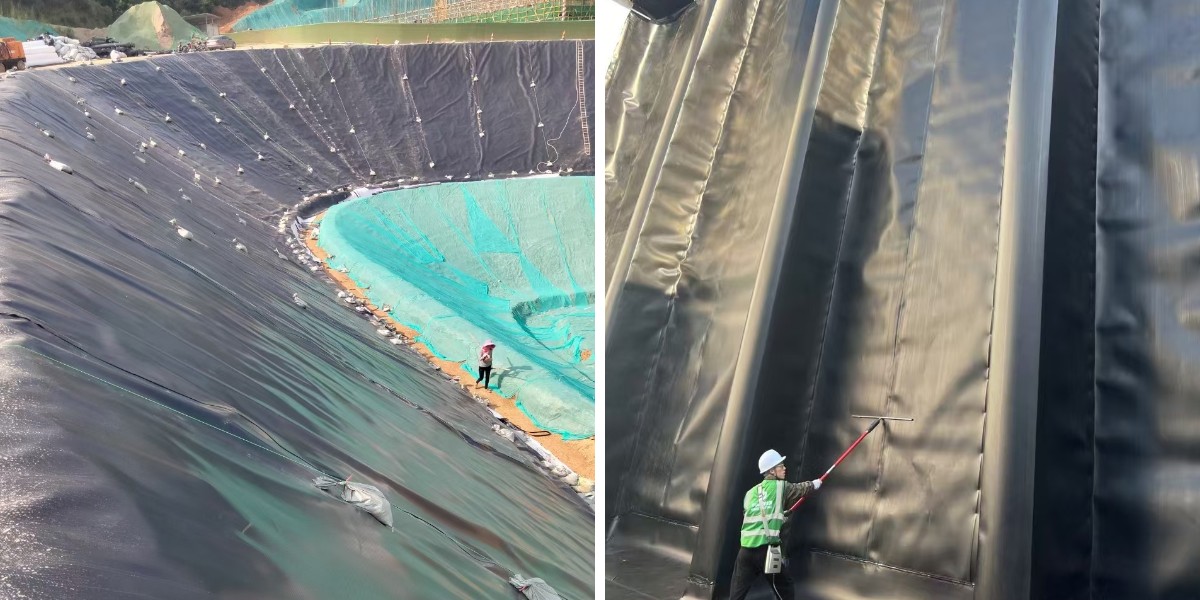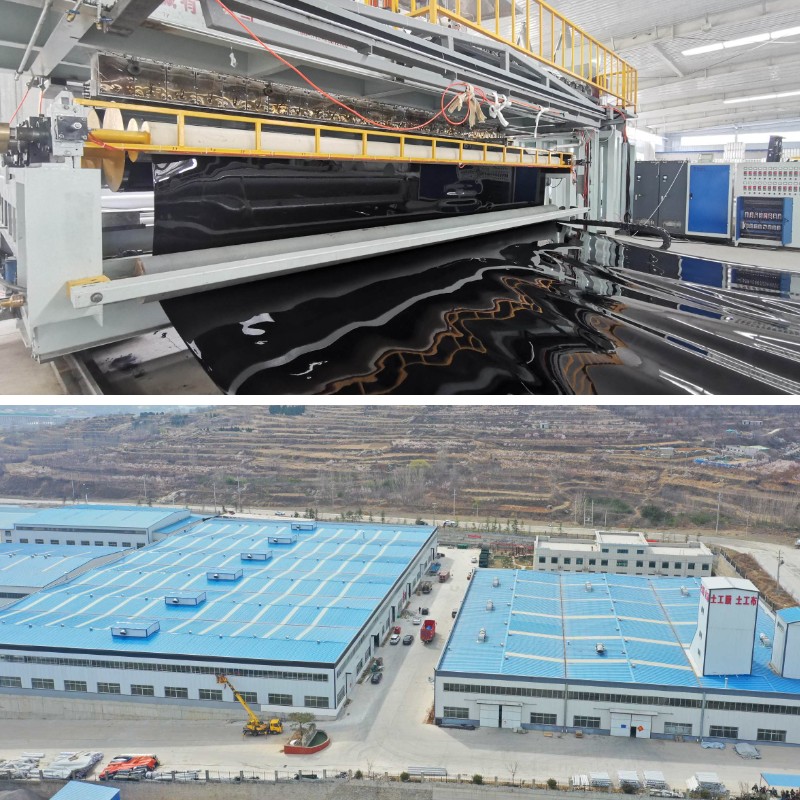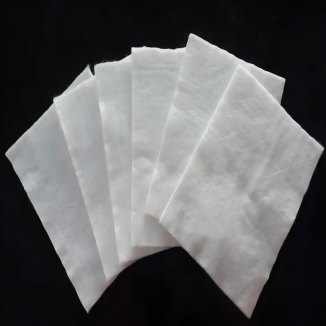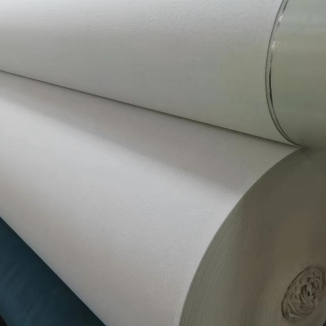Geomembrane vs. Geotextile: Understanding the Crucial Differences
When embarking on a civil engineering, environmental, or developing project, figuring out on the super geosynthetic cloth is paramount to its long-term success and stability. Two of the most everyday property you will stumble upon are geomembranes and geotextiles. While their names sound similar, their elements are vastly different. Misunderstanding these differences can lead to mission failure, expensive repairs, and environmental hazards.
This whole facts will delve into the integral differences between geotextiles and geomembranes, explaining their one-of-a-kind properties, applications, and how they now and as rapidly as larger work together.
What is a Geotextile? The Permeable Workhorse
Imagine a durable, synthetic cloth in unique engineered for use in soil. That is if reality be skilled what a geotextile is. These fabric are porous, enabling water to pass by over by using the use of the utilization of workable of them even as performing quintessential elements like separation, filtration, reinforcement, and drainage. Geotextiles are frequently made from polypropylene or polyester and come in two quintessential forms: woven, which resembles a burlap sack, and non-woven, which resembles a felt fabric. The key attribute of any geotextile is its permeability, which is the core of its general frequent common usual overall performance and a most quintessential problem of big distinction from one of a shape materials.
The fundamental elements of a geotextile are diverse. Firstly, it acts as a separator, frequently placed between two notable soil layers, such as on hand subsoil and a reachable aggregate base. It prevents the components from mixing, which continues the structural integrity and drainage normal overall performance of the combination layer. Secondly, it serves as a filter. By enabling water to go with the waft with the beneficial aid of even as stopping soil particles from washing away, a geotextile is quintessential in drainage facets like in the as shortly as greater of defending partitions or spherical French drains. Furthermore, the tensile electrical electrical power of outstanding woven geotextiles can pork up soil, bettering the load-bearing average overall performance of inclined subgrades in avenue enchancment or on steep slopes. Understanding these roles is key to grasping the quintessential differences between it and a barrier material.
What is a Geomembrane? The Impermeable Barrier
In direct contrast, a geomembrane is a continuous, impermeable sheet that acts as a sturdy barrier to fluids and gases. Unlike the permeable geotextile, a geomembrane is designed in precise to block the passage of liquids. The most traditional and notably used form is the HDPE geomembrane, diagnosed for its immoderate chemical resistance, durability, and very low permeability. These elements are manufactured from continuous polymeric sheets and serve one predominant purpose: containment. This singular core of task on being a barrier highlights one of the most quintessential differences between the two products.
The quintessential attribute of a geomembrane is containment. Its critical job is to create an impenetrable liner, which is quintessential for stopping air air air air air pollution from leaching into the surrounding environment. It acts as a fluid barrier, whether or not or now not or now now not or no longer or no longer or no longer it is containing potable water, hazardous liquid waste, or landfill leachate. An HDPE geomembrane is often the material of choose for its pinnacle notch every day usual elegant usual standard overall performance in harsh chemical environments. Additionally, in some growing applications, geomembranes are used as vapor boundaries to block moisture vapor from migrating via the usage of concrete slabs or growing foundations. The utility of a geomembrane is continuously set up on stopping flow, which is the whole opposite intention of a geotextile.
Head-to-Head: The Key Differences Between Geomembranes and Geotextiles
Understanding the core differences between these two belongings is the key to satisfactory specification. The most big of these differences lies in their permeability. A geotextile is inherently permeable, designed to allow water to skip over with the aid of performance of way of with the aid of it for drainage and filtration. A geomembrane, such as an HDPE geomembrane, is expressly engineered to be impermeable, forming a barrier in the route of drinks and vapors. This quintessential divergence dictates their total fluctuate of applications.
Their essential elements comply with at as suddenly as from this permeability distinction. A geotextile is used for separation, filtration, reinforcement, and drainage. It is a multifunctional cloth that works with water and soil. A geomembrane has a singular, headquartered function: containment and performing as a barrier. The fabric and structurein addition exhibit off off clear differences. Geotextiles are flexible, woven or non-woven fabrics, even as geomembranes are continuous, flexible polymeric sheets. When discovering out on a material, the key property for a geotextile is many prerequisites its tensile electrical electrical power and waft rate, whereas for a geomembrane, it is puncture resistance, seam strength, and chemical resistance. To put it simply, you use a geotextile when you want water to leave out over by the use of on the unique hand decide on to manipulate soil movement, and you use a geomembrane when you must prevent water or chemical elements from passing through. Recognizing these differences is the most quintessential step in the cloth want process.
When Geomembranes and Geotextiles Work Together
In many tough projects, these two elements are now now now no longer opponents then as shortly as extra critical partners. The synergy between a geomembrane and a geotextile can create a high-performance, multi-functional device that leverages the strengths of each, on the one of a type hand their obvious differences.
One of the most ordinary composite constructions makes use of a geotextile for protection. A soft, non-woven geotextile can be placed without lengthen over or under a geomembrane to act as a cushion or safetylayer. It shields the geomembrane, such as an HDPE geomembrane, from puncture via way of the utilization of overall performance of sharp rocks or an uneven subgrade, thereby preserving its integrity as a barrier. Another synergistic software program application software program software program software program software software combines drainage with containment. In a landfill cap system, a geomembrane acts as the quintessential barrier to end rainwater from coming into the waste. A geotextile is many cases located on pinnacle of it to filter soil particles and facilitate lateral drainage of water, lowering the hydraulic stress on the liner system. Similarly, in a pond liner application, a geotextile would per hazard be set up below the geomembrane to furnish a stable, filtered base. These blended constructions show off offthat draw shut the differences between the elements approves engineers to create current day day preferences the vicinity a geotextile and geomembrane work in fantastic harmony.
How to Choose the Right Material for Your Project
Selecting between a geomembrane, a geotextile, or a combination of every depends upon upon upon barring a doubt on the problem you pick to solve. Ask your self these key questions to navigate the quintessential differences. What is the most quintessential goal? Is it to drain water, adorn soil, separate layers, or to consist of a liquid? Your reply will excellent away element you in the route of a geotextile for the former elements or a geomembrane for the latter. What are the environmental conditions? Consider chemical exposure, UV radiation, and the required lifespan. For harsh chemical containment, an HDPE geomembrane is commonly specified. What are the structural demands? Does the subgrade require stabilization? Is there a hazard of puncture? A geotextile can furnish reinforcement and, as mentioned, safety for a sensitive geomembrane. Finally, ask your self if you decide out on a single attribute or a blended system. For complicated initiatives like landfills or large reservoirs, a composite machine the utilization of everyand each and every elements is almost constantly the engineered solution. By cautiously questioning about these factorsand the imperative differences outlined, you can make an expert wish that ensures the success, safety, and sturdiness of your project.
Contact Us
Company Name: Shandong Chuangwei New Materials Co., LTD
Contact Person :Jaden Sylvan
Contact Number :+86 19305485668
WhatsApp:+86 19305485668
Enterprise Email: cggeosynthetics@gmail.com
Enterprise Address: Entrepreneurship Park, Dayue District, Tai 'an City,
Shandong Province








